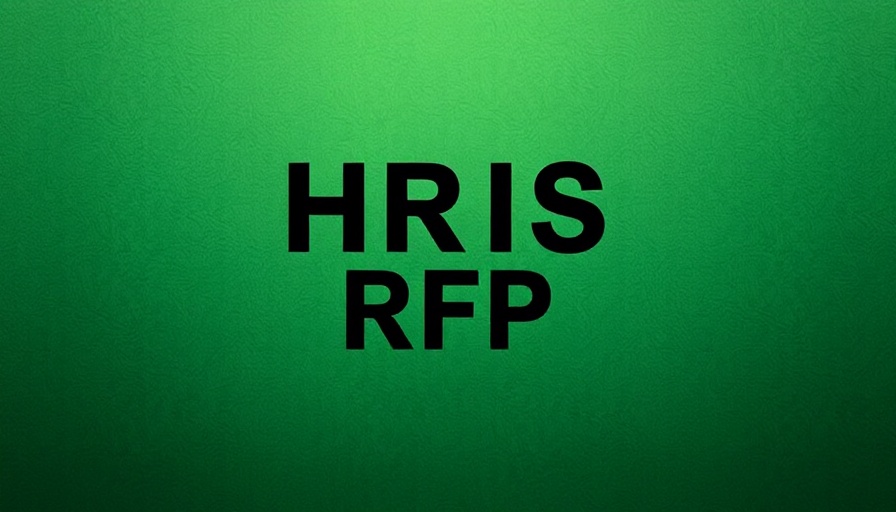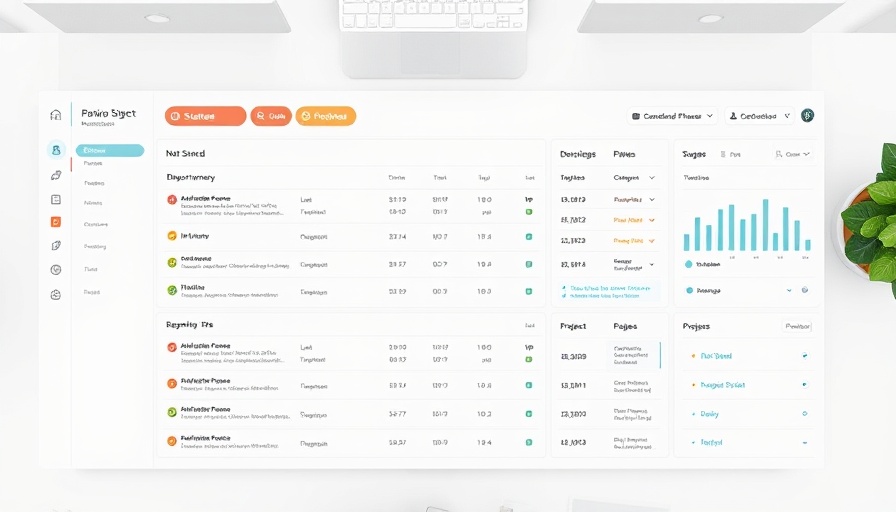
Is an RFP Right for Your Business Needs?
As your company expands, pinpointing the right HR Information System (HRIS) becomes a critical decision, especially when your revenue ranges between $2M–$10M+. That's when the necessity of issuing a Request for Proposal (RFP) comes into play. An RFP serves as a formal method to communicate your HRIS needs to potential vendors, ensuring your requirements align perfectly with available solutions.
The rule of thumb: you need an RFP if your organizational complexity is high—think multi-country payrolls or compliance with regulations such as GDPR. Conversely, many businesses might find that launching a formal RFP process may be overkill. For instance, if you're a smaller organization, it may be prudent to go with fewer options, like directly testing a couple of HR tools that seemingly fit your needs.
Defining Must-Haves: What Your RFP Should Include
Your RFP should clearly outline your must-haves to ensure vendors provide tailored solutions. Focus on essential features such as:
- Multi-country payroll support
- Single Sign-On (SSO)
- Compliance with ACA reports
This not only allows you to compare bids effectively but will also help you evaluate how well each vendor can meet your specific needs, thus fostering a more productive selection process.
Avoid Common RFP Mistakes
Many organizations make common mistakes that lead to disappointing outcomes. It’s crucial to be wary of pitfalls such as:
- Overlooking crucial details (like data privacy terms)
- Making vague evaluation criteria
- Failing to consider integration capabilities with existing systems
By stating your goals and specifications clearly, you can ensure that every vendor's proposal aligns with your organizational objectives.
Scoring Bids Effectively: Create a Fair Comparison
A good RFP not only facilitates an apples-to-apples comparison among vendors but can also lead to more favorable pricing. Make sure to ask for detailed itemized costs associated with licenses, modules, and integrations. This insight will allow you to identify potential gaps and negotiate better deals, ultimately saving your organization money in the long run.
Future-Proofing Your HRIS Decision
It’s essential to look beyond your current needs. Your HRIS should not just meet immediate requirements but also be scalable enough to adapt to changing business dynamics. By performing a well-structured RFP process, you ensure the technology you choose will support future growth, team dynamics, and organizational culture.
When in doubt, don’t hesitate to consult experts or leverage available technology to streamline your decision-making process. Remember, a well-thought-out RFP can save time and money while improving the overall efficiency of your HR operations.
Ready to streamline your HR processes? Consider taking advantage of expert assistance in selecting your HRIS.
 Add Row
Add Row  Add
Add 



Write A Comment